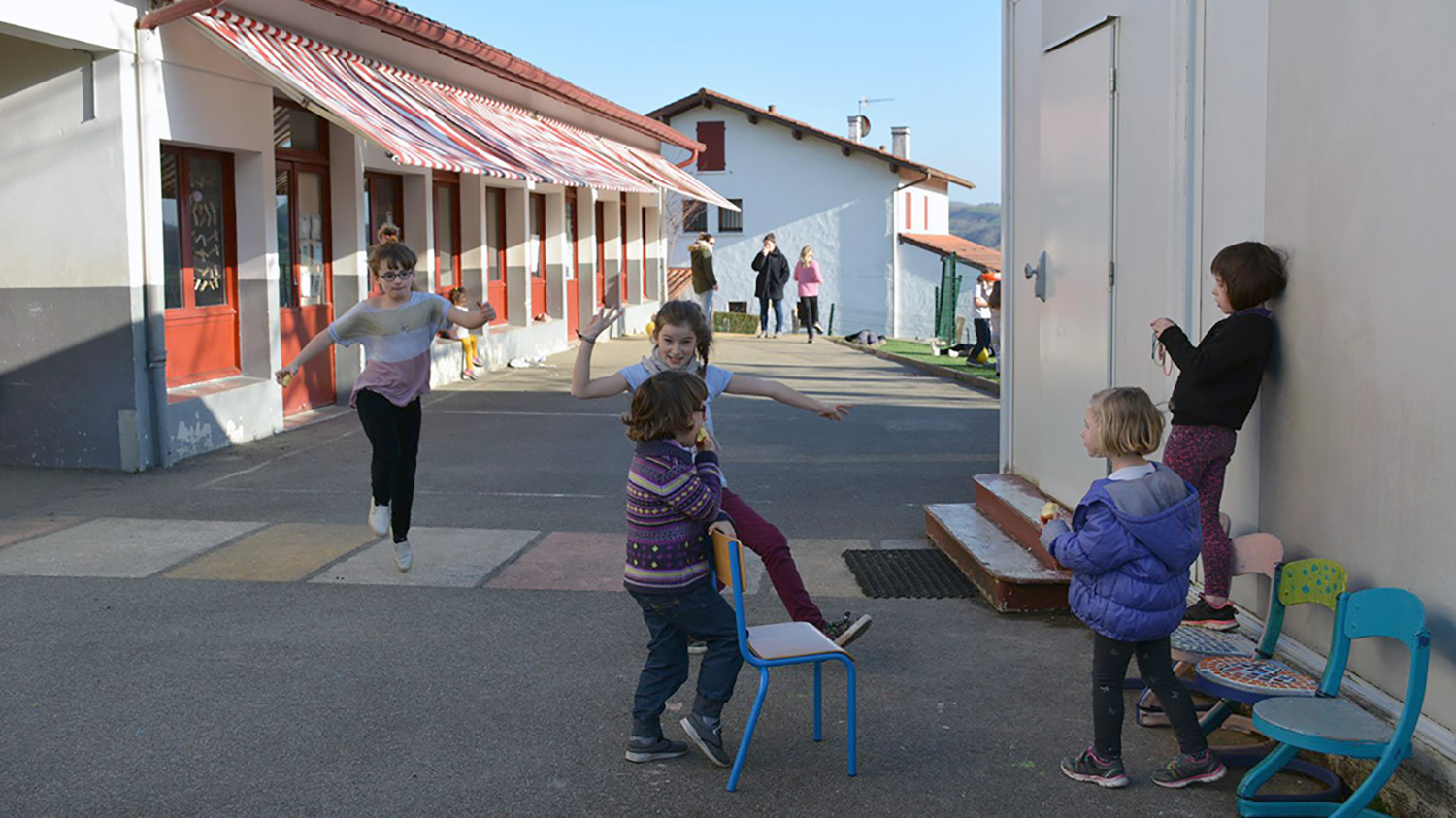Feeding segregation
- The students of the CAV do not achieve it; they finish Compulsory Secondary Education and develop in Spanish, but half do not in Basque. That is, the lettersoup model A, B, D... has not made young people bilingual. Aitor Idigoras, a member of Steilas, has addressed the debate on learning models and also on segregation among students, which is influenced by other factors.
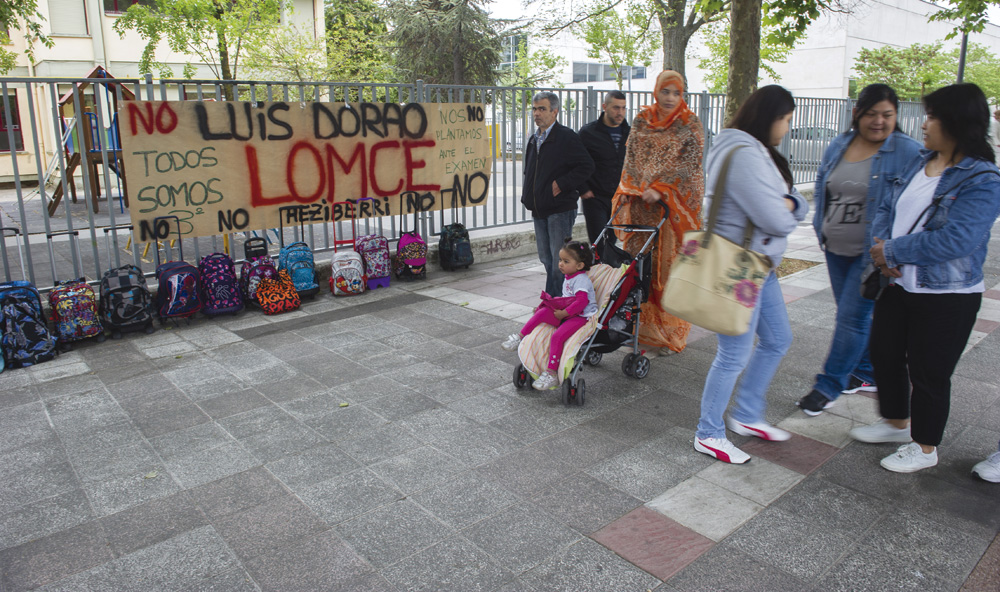
In the context of the process of debate opened by the Basque Government to amend the Education Act of the CAV, last January, Euskal Herrian Euskaraz and Aztiker Soziolinguistika Ikergunea presented the research work on education and Euskaldunization in the CAV (1983-2016). The study analyzed the existing path since the entry into force of the 1982 Law of Standardization of the Use of the Basque Country and the subsequent Decree 138/1983. It has been 35 years since the system of educational models was implemented in the CAV, and the authors of this study have wanted, among other things, to assess the results. As for the main conclusion, they have said unreservedly: the system of teaching models has failed.
Failure
“In the 33 years of validity of the educational models in the CAV [data held in the hands of 2016], 206,263 people born between 1978-2001 have completed compulsory education without having reached the sufficient level of Euskera. (…) Precisely, 50.43% of the population of 409.031 started the compulsory stage of education without knowing or not knowing enough about the Basque Country”. Therefore, many do not know Euskera. Instead, everyone knows Castilian, reading, writing and speaking.
The conclusions are obvious. First, those who have not learned Euskera have been affected by their work in model A or B, knowing that these models are not able to euskaldunify the students: “The right to know the Basque language has been violated, without complying with what the education law itself establishes.” In fact, according to the 1982 Law, all students should have mastered Basque and Spanish before finishing compulsory education, as stated in Article 17 of that Law: “The Government shall take all measures aimed at ensuring the effective mastery of the two official languages at the end of the compulsory education period, on an equal footing, and shall ensure the Basque climate, making Euskera a regular instrument in internal and external activities and in administrative proceedings and documents.”
The authors of the study have denounced that the Basque Government has prevaricated for 35 years and that teaching in Basque has advanced thanks to the popular initiative and the choice of families. “Analyzing the policies of the Basque Government, there has been no sincere political will to Euskaldunizar all the students. Other political interests have surpassed the right of these citizens to know the Basque”.
EHE-Aztiker study:
“During the 33 years of existence of the educational models at the CAPV, 206,263 people born between the years 1978-2001 have completed compulsory education without having reached a sufficient level of Basque”
However, despite the denunciation of prevarication, there are other serious consequences: “Teaching models have fueled school segregation for decades,” although one of the main functions of education is to avoid segregation of all kinds and to offer equal opportunities to all citizens and, in this case, to all students. “The cross-cutting of data and daily experience show us that the system of teaching models feeds segregation. (…) Model distribution has been an instrument for creating discrimination for decades.” Multiple discrimination, according to the authors of the study: the fact that at the end of compulsory education the students have a different knowledge of the language causes, on the one hand, a difference and, on the other, a discrimination between classes and centers according to models. And as you know from the sky, in many areas, the children of immigrants are the largest number of registrations in model A. That is, there is no balanced distribution between classes or centers. Nor is it an end.
Frozen teaching models
Before now, educational models have been called into question. They do not guarantee the teaching of Euskera. Aitor Idigoras, member of the Steilas trade union reflects: “Linguistic models have responded to the demand of the PNV and other political and social actors that are at the heart of the problem: the right of families to choose the educational model and the linguistic model for their sons and daughters.” Idigoras has defined it as a neoliberal paradigm: “The Administration has an obligation to ensure equal opportunities, but, above all, it recognises the right of the family to choose the education and language they want. This is the basic reason for not changing linguistic models.” That is to say, to the family that wishes to do so, the right to choose model A must be guaranteed. “And it’s curious, in model A, the children of lower-level families are grouped, but also the higher-ranking ones.” Of course, the two are models A, but they do not share more than that letter A. “Model A of the highest is flexible, for example, which facilitates the incorporation of English.” An example of foreign language in the reflection of Idigoras and a strong introduction of foreign language in the study of Euskal Herria and Aztiker. “At this time, many children and adolescents spend more hours in contact with the English language than with the Basque language. Taking into account after-school activities, cultural consumption, academies, etc. [traveling abroad to improve English], many citizens spend many hours a week submerged in English.” Time and again, the Basque – that is, the Basque – loses, as the Basque is nothing more than the language of specific subjects.
In-depth
Idigoras believes that the debate on models is simplified. “The rationale is not addressed. The family has the right to choose the centre, but in order to exercise that right, the linguistic model is an essential element. The Administration should ensure a common model for all children, a minimum that should collect the curriculum and standards, which should be centralized.”
Idigoras has considered that the other problem lies in the autonomy of the center, which, in the name of this autonomy, is deregulating the educational system. “From this neoliberal paradigm, that is, the right of families to choose the center, the intention is to deregulate the system. Instead of worrying the Administration more and more about education, we are becoming less and less concerned. That's the speech, and what we're seeing. Disregarding the Administration, filling the centers with responsibility”. In representation of autonomy in any case. And in the name of that autonomy, among other things, “authorizing each center to choose the linguistic model they want”. And, in this sense, that the director of the public center has the competence to recruit staff from it...
Aitor Idigoras, Steilas:
“The rationale is not addressed. The family has the right to choose the centre, but in order to exercise that right, the linguistic model is an essential element. The Administration should ensure a common model for all children, a minimum that should collect the curriculum and regulations, centralized”
This deregulation derives, for example, from the presence of English in the project of the centre in question. Idigoras has warned us: “He has a decree passed two months ago! Model D center can use English in all subjects you want, as a linguistic axis. So the models have changed. Linguistic models have been modified so that some centres can implement English as they like. And there are institutes that have invented model H.” In part, the member of Steilas gave the alarm: “The Basque country has lost hours in many places. It’s being canceled in many centers and classrooms.”
Segregation
Teaching models are nothing more than the tip of the iceberg, following Idigoras' reflection. The problem is enrollment. “As for accountability to the administration, they want to put the public and private networks on the same parameters. The right-wing political parties and many movements that are called progressive have, remarkably, demanded this in the Basque Country. Steilas becomes incomprehensible. The problem, on the other hand, is the registration campaign, which the Basque Government does not want to address.”
Idigoras uses the word scam and about enrollment to access the educational system to define the behavior of the Administration. “To enroll the child in the center, both in the public and private network, the regulations are unique, but even though they are unique, the Administration usually takes two orders, creating imbalances.” And maybe it's forever. “In the private network, classrooms 0-2 years old are not concerted, subsidised, need not be free of charge. However, when the child is enrolled in one of these classrooms, the center guarantees a complete educational itinerary. The Administration has provided it. What is not possible in the public network: those who register in a consortium of children's schools, when the child is two years old, must participate in the usual registration procedure, while the child who is in the private network, does not. This clearly favours the private network. There are private day care centers, attached to centers with the following stages. Like Opus.” It is not only, despite the teaching model, it is more than the linguistic model used in the institution concerned. At least here is Idigoras, a member of the Steilas trade union. “It’s a polyhedral issue, it’s OK to say that we have to overcome the impact of models, but there’s more to it than that. Segregation, for example. I think many agents make a very simple reading. There are several interests.”

Root solution
The proposal of many actors has been to put as a solution a single, common teaching model, although this runs counter to a deeply rooted conviction among us, which is the right to choose the model. A unique teaching model? “In the Basque Country, the data tell us that we have a social division based on linguistic models and the Organization for the Evaluation and Research of the Irakas System ISEI: The sons and daughters of families of a high social level go to the private centers of model A. To the ikastolas of the Federation of Ikastolas, model D, of families with medium or higher social level. We have objective data, the result of research. Below this average appear the centers of the public network, regardless of the linguistic models”. In this sense, society is divided, and the end of the end is segregation: “And 95 percent of the centers that are segregated are in the public network. Moreover, the most stigmatized and marginalized educational centers, in most cases, are accompanied by a concerted elitist center. It is not, therefore, an urban issue. Neither urbanism nor linguistic models determine where fathers and mothers are going to register.” We have to know if the Education Act being worked on these days is going to change the thing…
Education and Environment Act
First, the draft law proposes that the indicators of achievement of the Basque Country depend on the socio-linguistic environment. Idigoras does not see the idea with good eyes: “The socio-linguistic environment conditions, of course, the student’s Basque level. However, it is equally well known that in marginalized socioeconomic settings, the degree of attainment of mathematics is also lower. No one, however, thinks of adapting the level of achievement of mathematics by the Administration to the socio-economic environment. It would be a tremendous barbarity.” Adapting the level of achievement of the Basque Country in the environment is not the way. “Education must ensure compensation for inequalities of origin, also in terms of language”. And to compensate for these differences, for example, put more means and measures like periodic room duplications. “In this phase of collective bargaining and confrontation – we have been on strike for five days and we anticipate more – Steilas has put the issue on the table more than once: to offer more resources to the centres that need it most to help in the development of languages. “The public schools of Gipuzkoa and those of Álava have different needs and need different resources. The level of achievement of the Basque country must be maintained and the necessary resources made available to the centres to reach that level”. Whatever the environments.
Segregazioari aitzi egiteko bidea den kuotak ezartzea ez dakigularik, argibideak baditu Steilas sindikatuko kide Aitor Idigorasek: “2009an, oker ez banago, kuoten gaineko interpelazioa egin zioten EAEko gobernuari. Eta kuota ezarri zen, %30ekoa. Baina horrek ere ez du iruzurra saihesten: matrikulazio modua, sare pribatuko ikastetxeek egiten dituzten kobrantzak… Kuotarik ezartzea ez litzateke beharrezkoa izango, erroetara joz gero, afera ez baita etorkina, klase gatazka baizik. Klase gatazka erakusten du gure hezkuntza sistemak. EAEn, hasteko, ikastetxeen %30 baino gehiago Eliza Katolikoaren esku daude, eta gobernu honek nahi dutena egiten uzten die. Elizara joan behar bada, joan egiten dira. Alferrik da Administrazioak arabiar jatorriko neska edo mutikoa horrelako ikastetxe batera bideratzea. Hilabetea ere ez du bertan iraungo, alde egingo du. Kristau eskolak, berriz, ikastetxean matrikulatutakoen artean konputatuko du etorkin hori. Kuotak baino lehen, pribilegio sistema hau hautsi behar da”. Pribilegiorik gabe, kuoten gainean hitz egin beharrik ez genuke izango, Steilaseko kidearen iritziko.
Nafarroa Beherean, Aiherrako 'Beltzegitea' etxean kokatuko da Eguzkilore haurtzain-etxe berria. Euskara, natura eta motrizitate librea oinarri harturik, heldu den apirilean hasiko dira zerbitzua eskaintzen.
To be honest, I don't know why I'm writing this. In today’s hostile environment, opinions of this kind are not well received. Perhaps LUZ will not publish this because it does not correspond to the opinions they have published so far (but if they have finally decided to publish... [+]









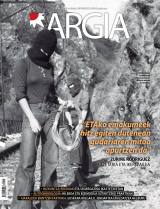

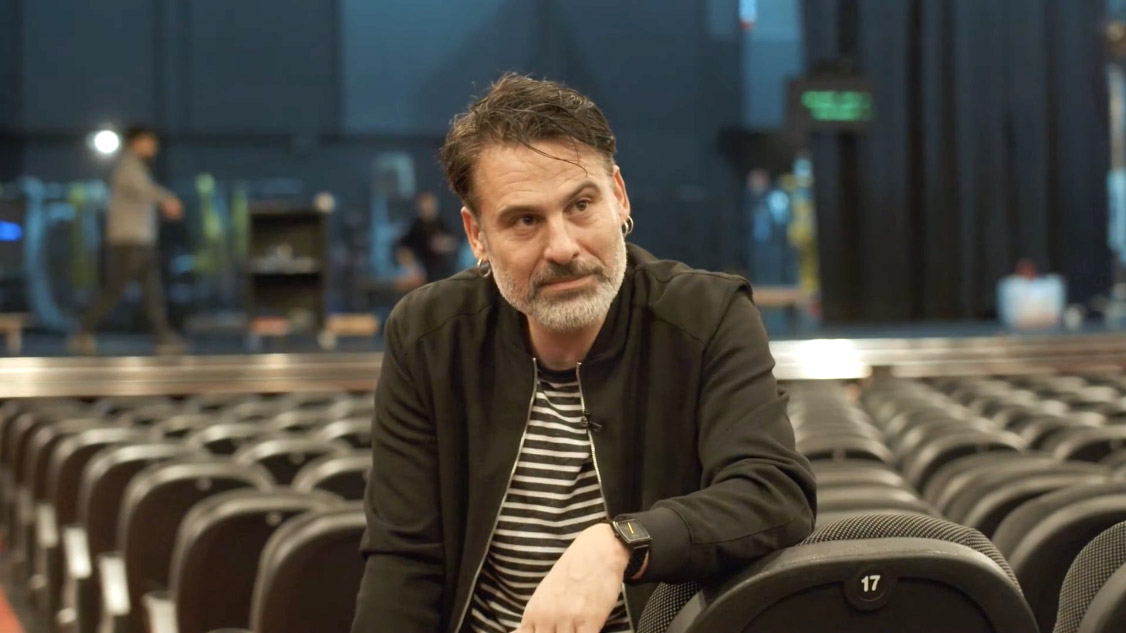

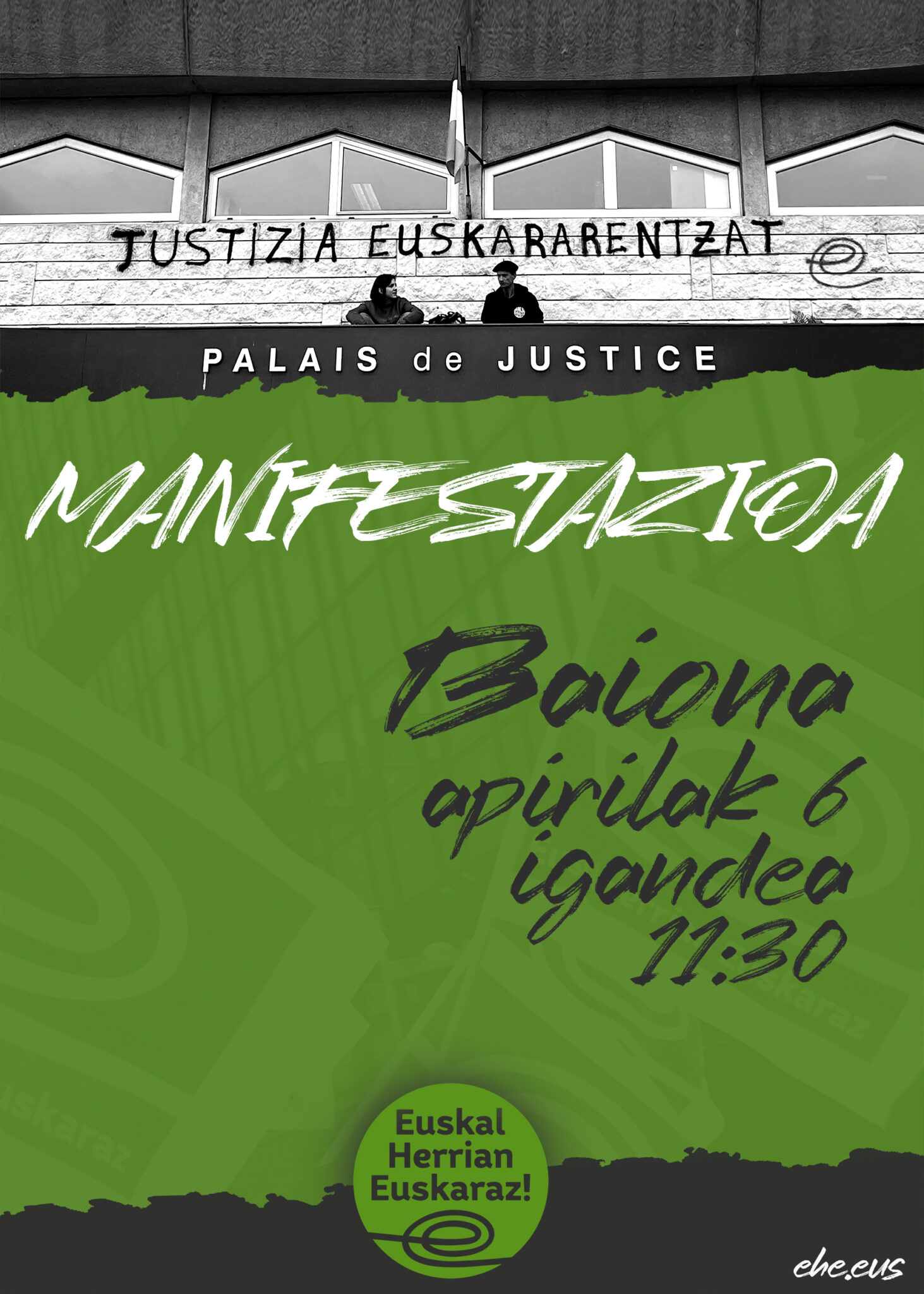

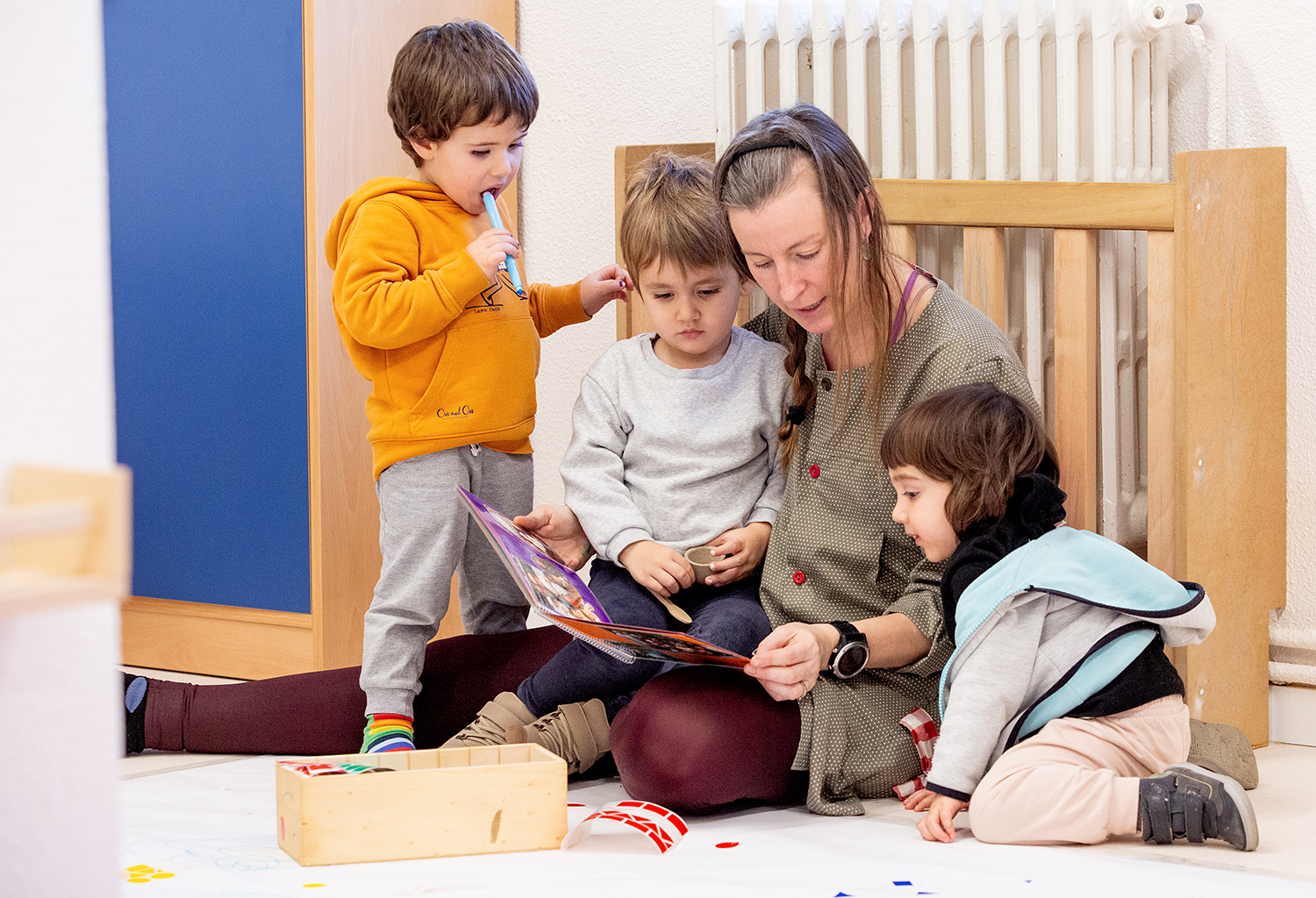
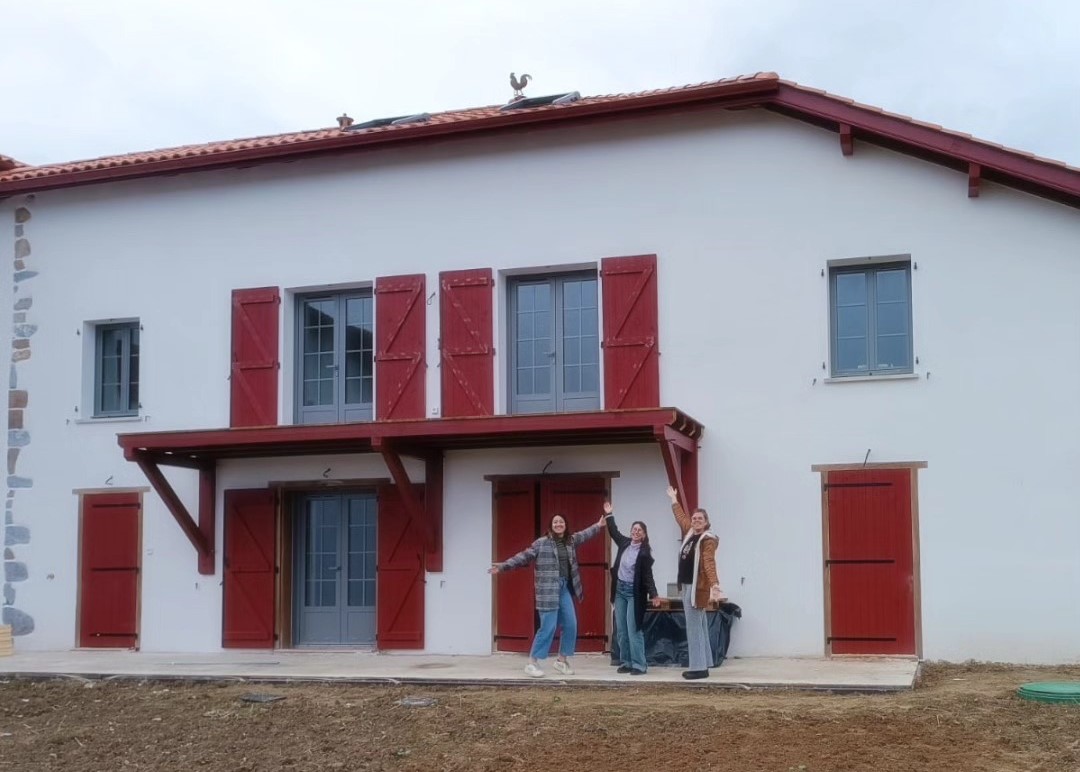

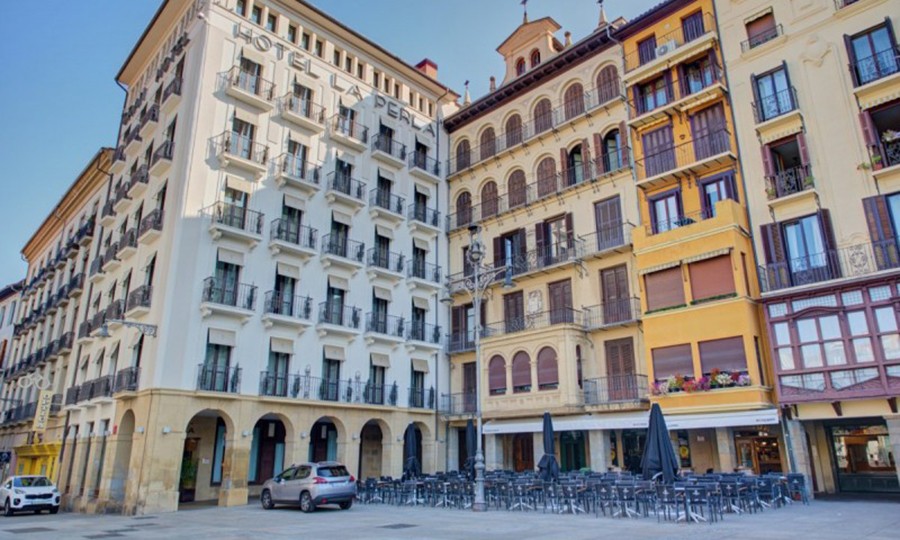

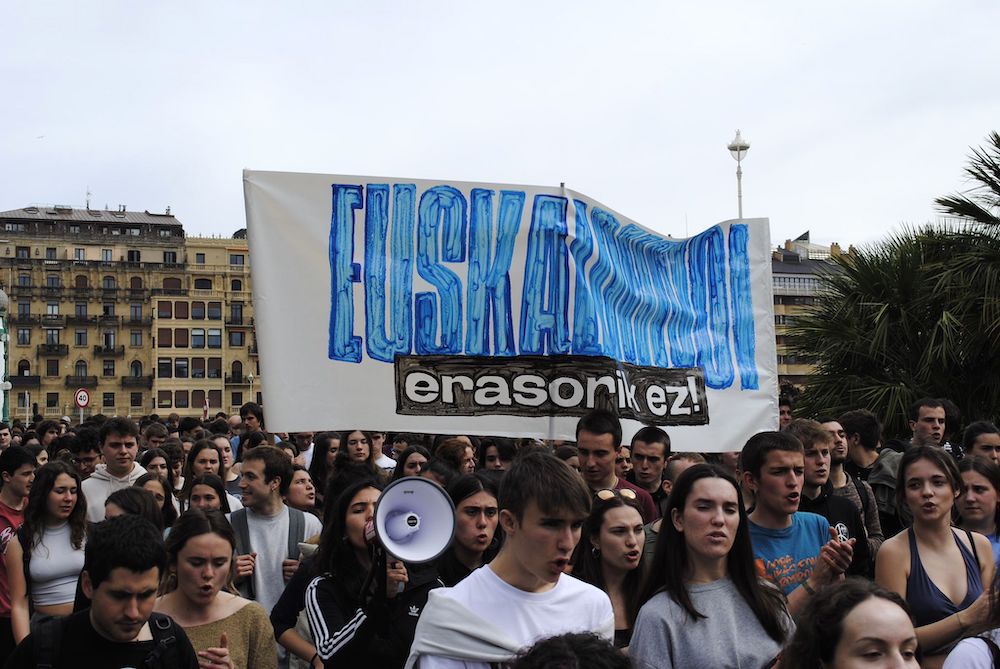
.jpg)

